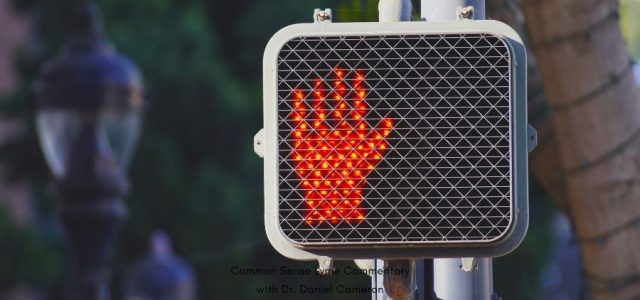Call for your appointment today 914-666-4665 | Mt. Kisco, New York

Post-treatment Lyme disease syndrome (PTLDS) may involve a persistent Lyme infection — not just a lingering immune response. Yet many patients are never told this is possible.
When symptoms persist after antibiotic treatment for Lyme disease, most patients are reassured that their illness is “resolved.” For some people (between 10-20%), symptoms like fatigue, brain fog, pain, and neurological issues continue. These cases may reflect something more than post-infectious inflammation.
What is Post-treatment Lyme disease syndrome?
Post-treatment Lyme disease syndrome is a condition in which long-term symptoms remain after standard antibiotic therapy. Common complaints include:
-
Debilitating fatigue
-
Brain fog and memory issues
-
Muscle pain, joint swelling
-
Dizziness, mood swings, insomnia
While often labeled as a benign immune response, these symptoms overlap significantly with chronic or relapsing tick-borne infections. In many cases, PTLDS may signal persistent Lyme infection that hasn’t been fully treated or detected.
Why PTLDS May Signal Persistent Lyme Infection
Here’s why we must question the PTLDS narrative and consider the possibility that a persistent infection – not an immune response – is causing ongoing symptoms.
- Symptoms are cyclical or progressive, not static
- Patients often experience new or worsening symptoms
- Coinfections like Babesia or Bartonella may be missed
- Standard Lyme tests are frequently negative in late-stage disease
What Patients Deserve to Know About PTLDS and Persistent Lyme
When patients present with lingering symptoms, they should be told:
✅ PTLDS symptoms are real—and biologically explainable
✅ Persistent infection remains a possibility
✅ Tests have limits, especially late in the disease
✅ Reevaluation is reasonable when symptoms don’t improve
✅ Co-infections must be considered
Too many patients are dismissed without being given this information.
PTLDS and the Risk of Misdiagnosis
Mislabeling patients with psychosomatic or psychiatric conditions can lead to:
-
Loss of trust in healthcare
-
Delays in treating treatable infections
-
Family stress, school/work dysfunction
-
Worsening long-term outcomes
Recognizing that PTLDS may signal persistent Lyme infection could change the care path for countless patients.
What Needs to Change in Lyme Disease Follow-Up
To prevent avoidable chronic illness, clinicians must:
✅ Use clinical judgment—not just test results
✅ Track patterns, flares, and worsening symptoms
✅ Understand co-infection dynamics
✅ Refer for second opinions when the diagnosis doesn’t fit
✅ Treat patients, not just paperwork
The longer we treat PTLDS as untouchable, the more we allow disability to take root.




Dr. Jack Lambert feels that PTLD stands for partially treated LD